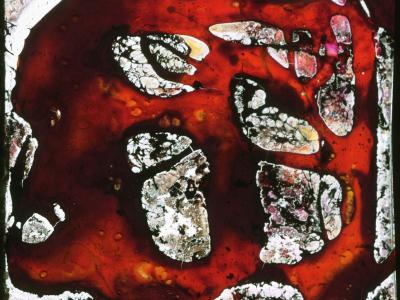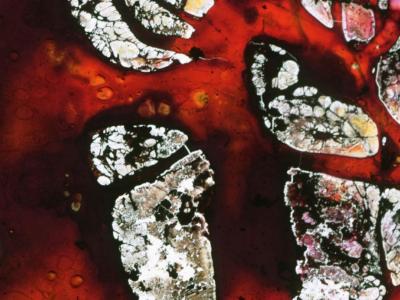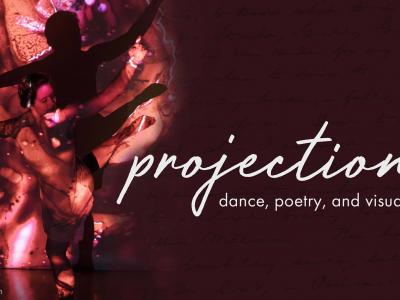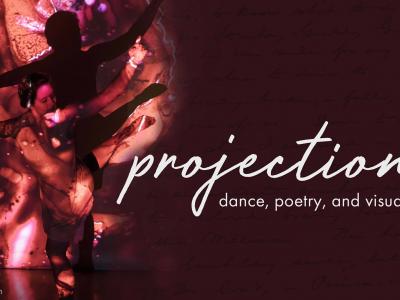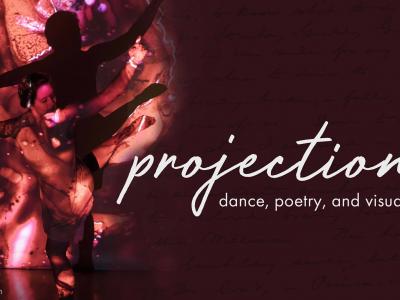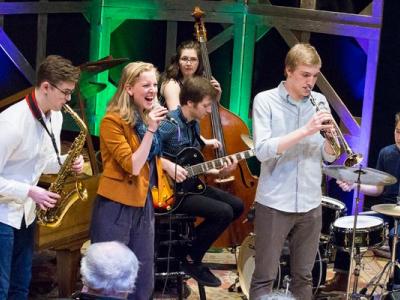Ibram Lassaw: "Projection Paintings"
The first generation New York Abstract Expressionist sculptor Ibram Lassaw created his "projection paintings" in the late 1940s, long before projections became a common form of art. The works are painted on 2 x 2 inch glass slides by dripping or brushing dyes over the surfaces, and at times etching over dyed areas with a needle to make designs. These miniature abstract paintings transform into monumental light images of vibrant color when projected on a wall surface. Lassaw quipped that these may have been the smallest and largest paintings of the Abstract Expressionist era.
Dating from ca. 1946-49, the projections anticipated the "happenings" of the late 1950s and 1960s. When Lassaw showed the paintings through a projector to a group of Abstract Expressionist friends at their favorite summer hangout in Provincetown, Massachusetts, in the late 1940s, the works encouraged interplay with viewers who literally carried the projected colors into space through dance.
Ibram Lassaw was best known for his open-space welded sculptures of bronze, silver, copper and steel. He pioneered an innovative welding technique that allowed him to create dynamic, intricate, and expressive works in three dimensions. As a result, he was a key force in shaping New York School sculpture. He agreed with art critic Harold Rosenberg who described abstract expressionism as “action painting” and he called his own work, “action sculpture” because it grew without plan, moment by moment.
Lassaw was born in Alexandria, Egypt, in 1913 and moved with his parents to New York when he was eight years old. He took art classes at the Beaux-Arts School of Design and studied art history at City College of New York. In the early 1930’s Lassaw met other artists who were interested in what was called “advanced art”. He was a founder of the Unemployed Artists association, the Artists Union and in 1935/36 the American Abstract Artists.
During the Depression Lassaw worked on the Public Works of Art Project, and taught under The Works Project Administration. From the 1930’s to 50’s he exhibited at the Whitney Annual exhibitions, the American Abstract Artist exhibitions and often with The Clay Club, as well as some other galleries. In 1951 he was invited to join the Kootz Gallery in New York City and while with Kootz worked on number of commissions for synagogues, large buildings, and private homes.
Lassaw’s work is in the permanent collections of a number of museums and private collections around the world, including: The Albright-Knox Art Gallery, Baltimore Museum of Art, Birla Museum, Calcutta India, Carnegie Institute, The Fogg Museum at Harvard University, Israel Museum, Jerusalem, Israel, The Museum of Modern Art, The Newark Museum, The Peggy Guggenheim Collection, Venice Italy, The Whitney Museum of American Art, The Metropolitan Museum, the University of California Museum, Berkeley, California, and others.
Exhibition Events
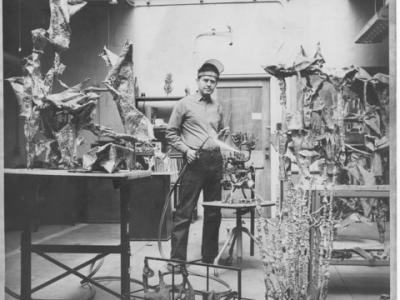
Events and exhibitions are free and open to the public unless stated otherwise. Visitor information
